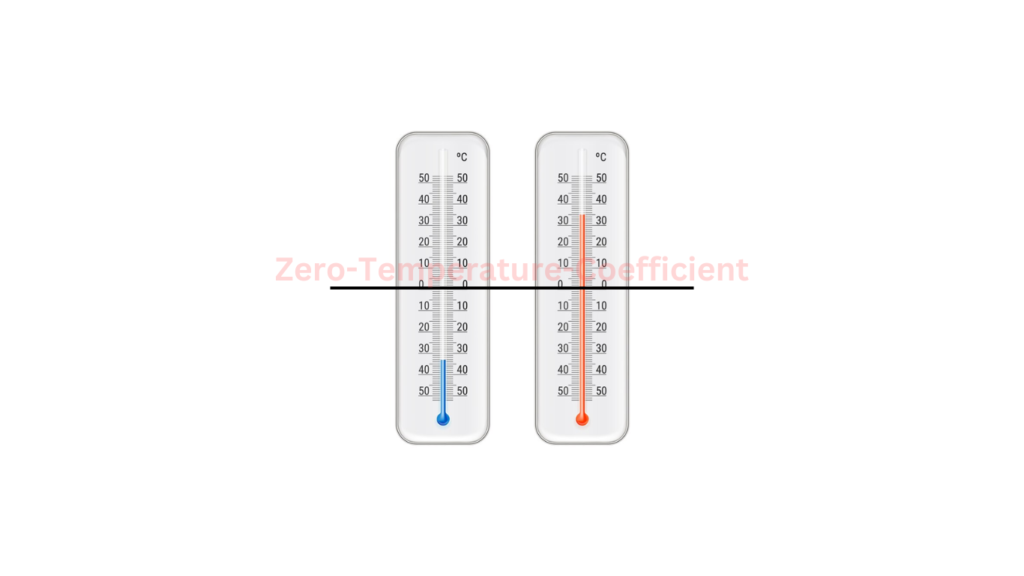Zero-Temperature-Coefficient (ZTC) is the point at which the performance of a transistor becomes independent of temperature changes. Normally, when the temperature increases, we see two main effects: the mobility of carriers (like electrons in nMOS transistors) decreases, and the threshold voltage (the voltage needed to switch the transistor on) also drops slightly.

However, at the ZTC voltage, these two effects cancel each other out. So, as you increase the temperature, the speed of the circuit doesn’t change. I find it fascinating because it means we can design circuits that are more stable and reliable across a wide range of temperatures.
What is the Narrow-Channel Effect?
This ZTC behavior becomes especially important as we continue to scale down to smaller technology nodes, like 45 nm and beyond. In these modern transistors, the temperature effect is becoming less predictable, and worst-case and best-case performance simulations need to be reconsidered. High-temperature doesn’t always mean slower performance anymore. For example, in a chip with both high-VT and low-VT cores, some cores may slow down with heat, while others may speed up.
As you can see, the temperature effect on MOS transistors is complex, and as technology evolves, it requires more careful analysis to ensure optimal performance under various conditions.
What Do We Mean by Zero Temperature Coefficient in a MOSFET?
If you’re designing circuits that need to stay stable across different temperatures, you’ll want to know about the Zero Temperature Coefficient (ZTC) of a MOSFET. When we talk about the ZTC point, we’re referring to a specific operating condition where the current or voltage stays relatively constant, even as the temperature changes.
You can use this property to design temperature-insensitive circuits, like current references or voltage references. Typically, we analyze the ZTC condition using the strong inversion quadratic model of the MOSFET, which helps us predict how it behaves at different bias points.
So, whenever you’re aiming for stability in analog or mixed-signal design, leveraging the ZTC condition is a smart and practical approach.